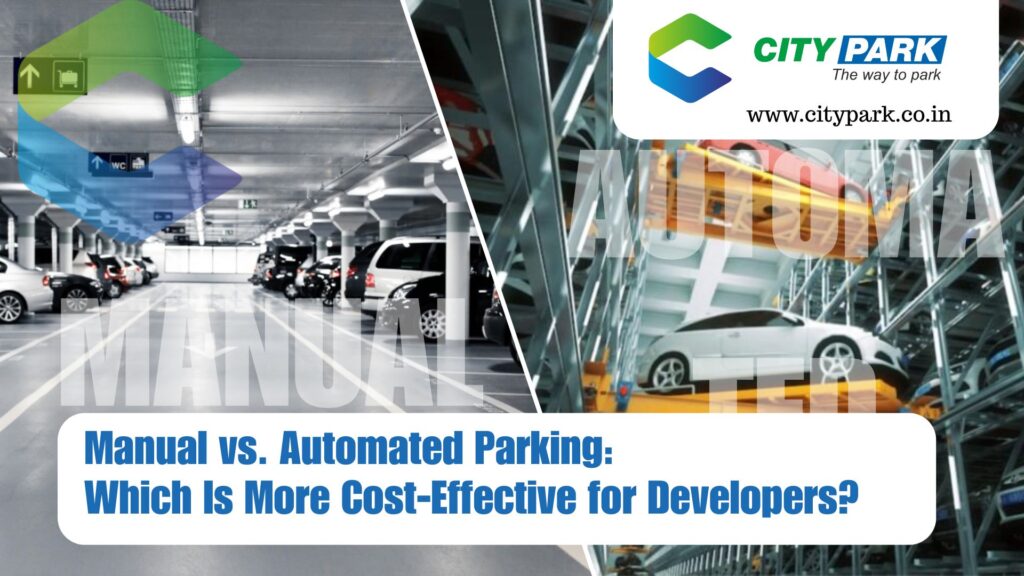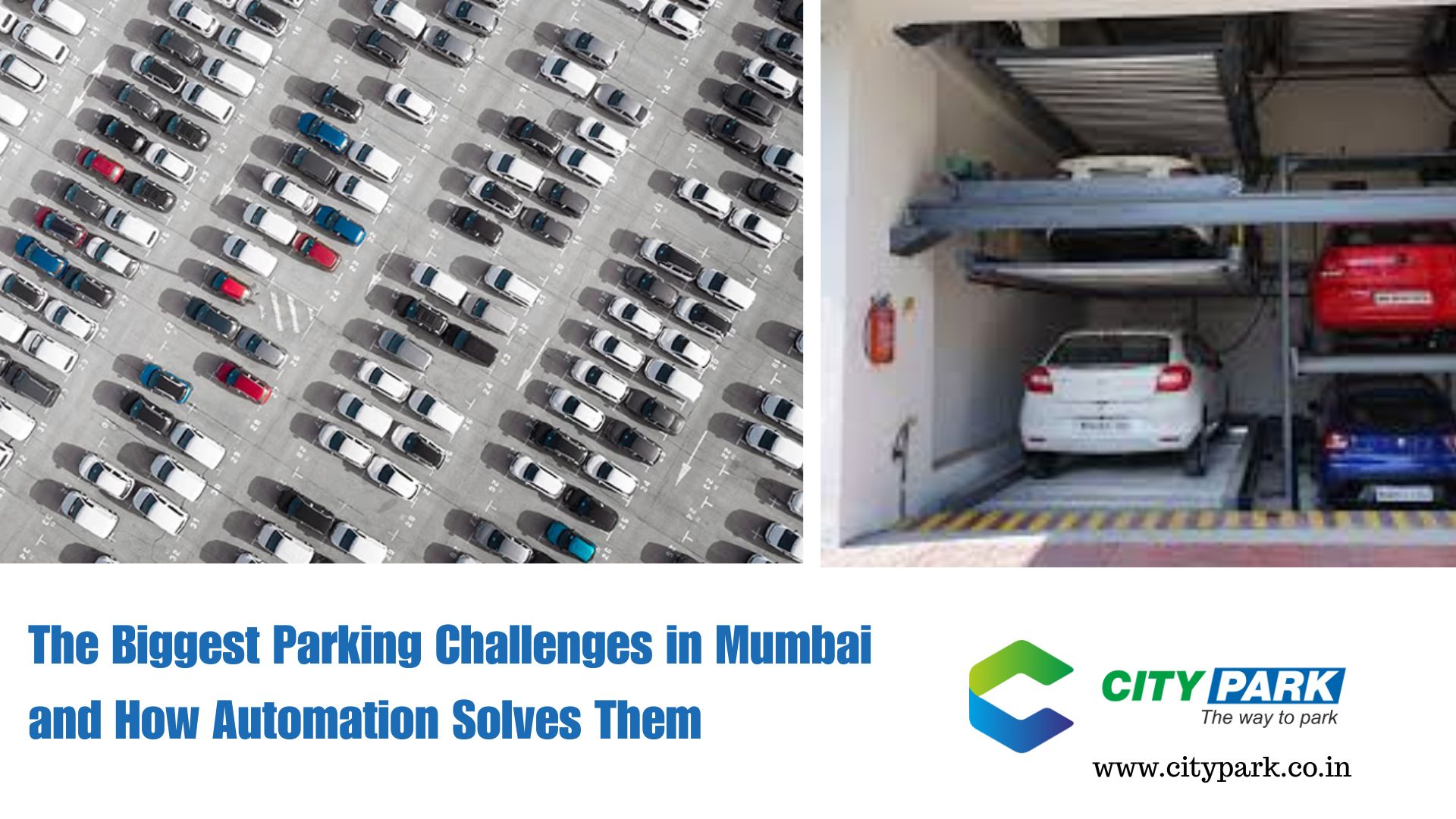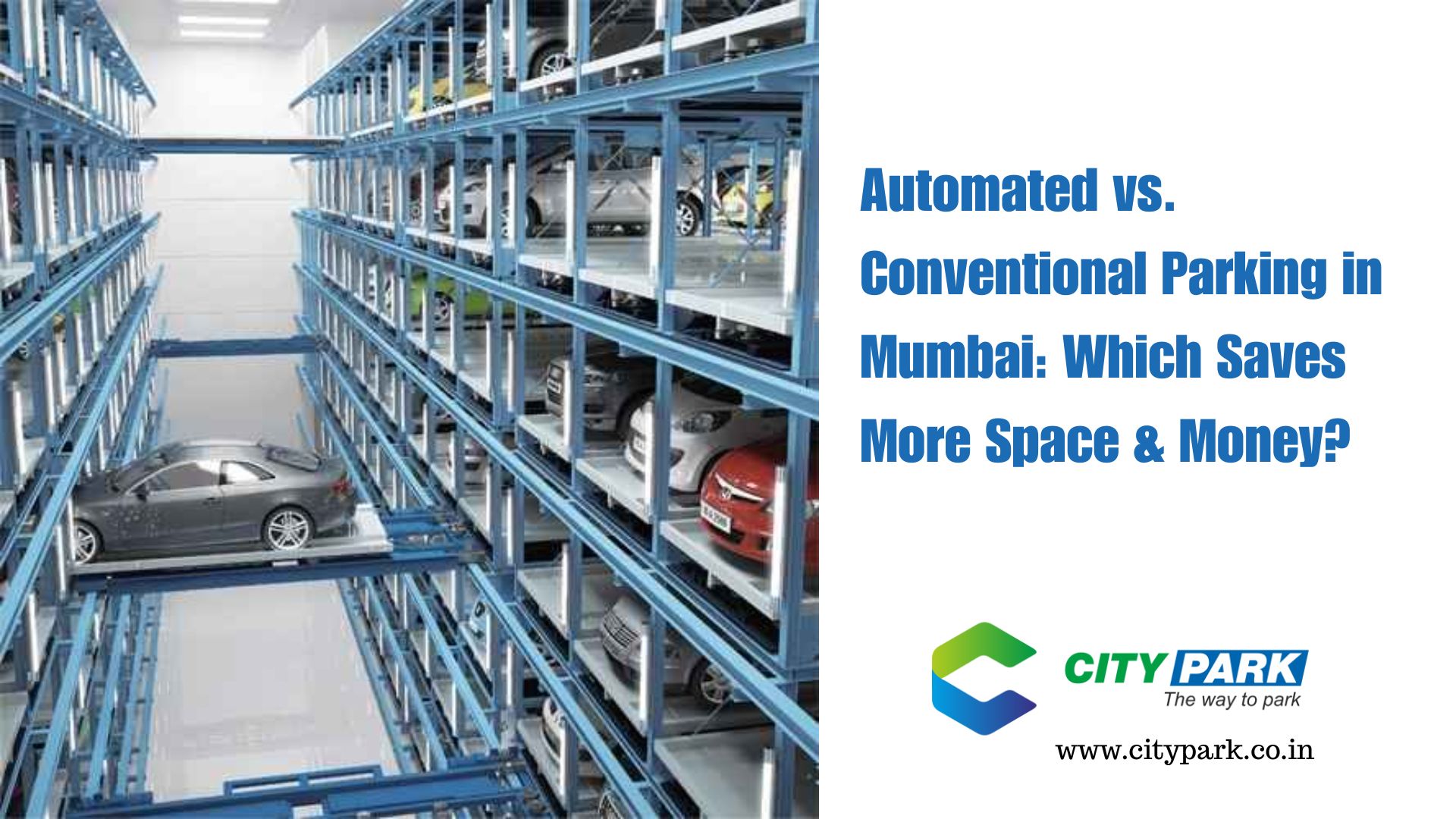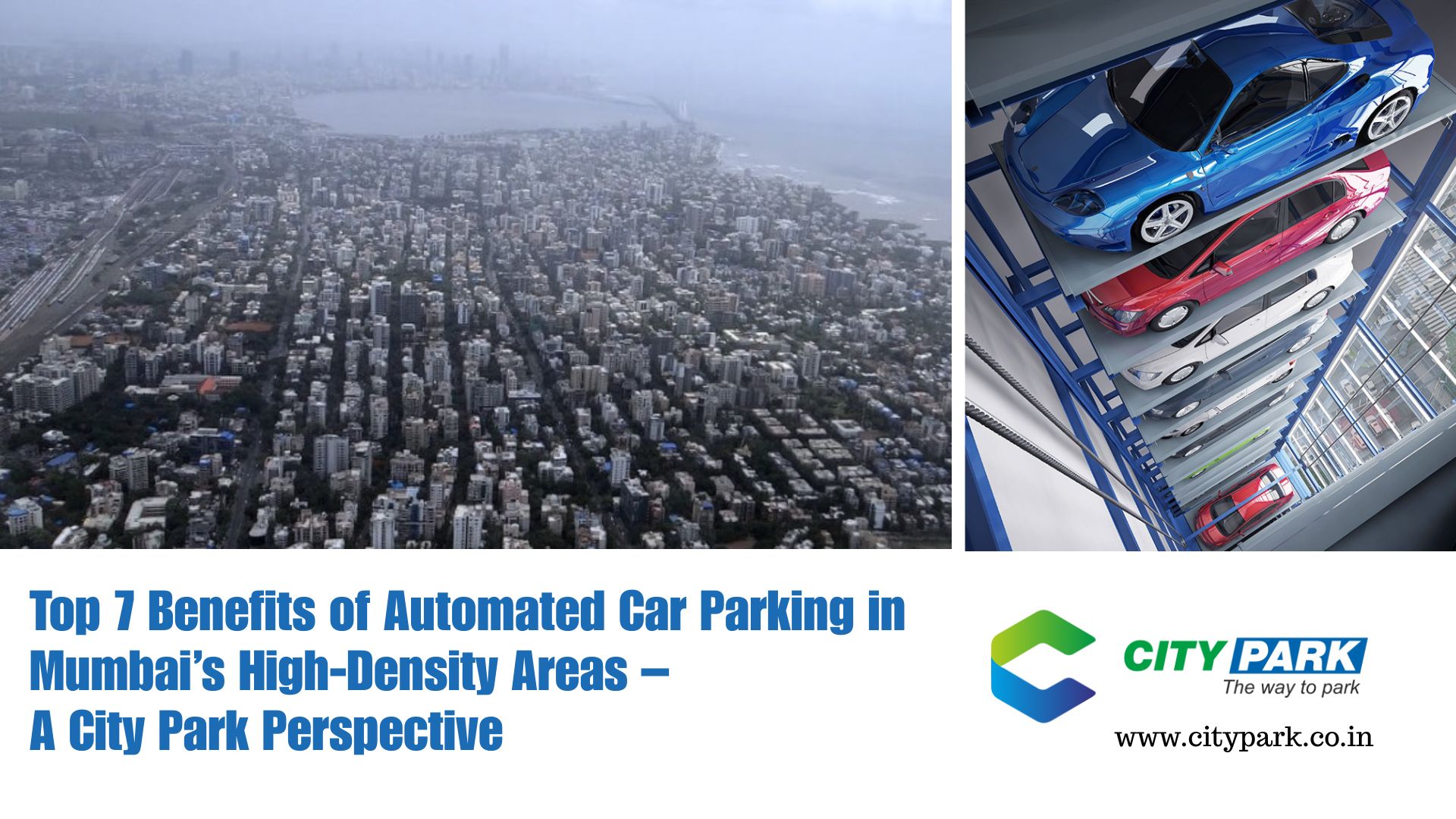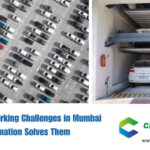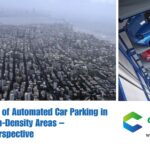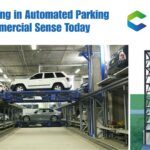In today’s fast-paced urban environments, real estate developers face mounting pressure to maximize land utilization, enhance user experience, and deliver long-term value. Parking, an essential yet often underestimated component of any project, has evolved significantly in recent years. While manual parking remains familiar and widely adopted, automated car parking systems are steadily gaining traction worldwide.
At City Park, a professional car parking system company established in 2014, we’ve worked alongside countless developers, architects, and urban planners to reimagine parking solutions. Our expertise has taught us that the debate between manual and automated parking is about far more than convenience—it’s about economics, sustainability, and long-term return on investment (ROI).
This blog offers a comparative analysis of manual vs. automated parking, focusing on four core aspects:
- Construction Cost
- Land Usage
- Long-Term ROI
- Maintenance
If you’re planning a residential, commercial, or mixed-use development, understanding these factors is essential to making an informed, cost-effective decision.
- Construction Cost: A Deeper Look
Manual Parking
Traditional parking structures—be it surface lots or multi-storey garages—are often perceived as lower in construction cost per parking space. This perception largely stems from simpler design requirements and conventional construction practices. Developers can work with any standard civil contractor to build a concrete ramp-based parking facility.
Typical Costs:
- Surface Parking: Relatively inexpensive per square foot but requires large contiguous land parcels.
- Multi-Level Ramps: Costs vary based on location, materials, and architectural specifications but generally fall within predictable ranges.
However, it’s important to consider hidden costs:
- Ramps consume 20–30% of usable space, reducing effective parking capacity.
- Fire safety and ventilation requirements add complexity and compliance expenses.
- The need for wide drive aisles and turning radii further increases built-up area and construction volume.
Automated Parking
Automated parking systems (APS), such as stackers, puzzle systems, and tower parking, have higher upfront costs due to sophisticated mechanical and control systems. However, modern technology and modular manufacturing have significantly reduced these expenses over the past decade.
Typical Costs:
- Installation costs per space may be higher than manual parking (depending on system type and capacity).
- Savings come from reduced excavation, smaller building footprints, and less structural reinforcement in many designs.
Key Takeaway:
While initial costs of automated parking appear higher, they often level out or become more competitive when factoring in reduced structural volume, shorter construction timelines, and decreased requirements for ramps and circulation space.
- Land Usage: The Hidden Gold Mine
In urban real estate, every square foot counts—especially in city centers where land costs can surpass construction costs. Maximizing usable area for revenue-generating purposes (shops, residences, amenities) is a clear advantage.
Manual Parking
Manual parking demands:
- Larger footprints for drive aisles.
- Ramps and turning spaces.
- Clear ceiling heights for vehicle circulation.
This results in lower parking density—meaning fewer cars per square meter.
For example:
- A conventional parking garage typically accommodates 30–50 cars per 1,000 square meters of built-up area.
- The need for ramps further reduces usable area.
Automated Parking
Automated systems are purpose-built to optimize land utilization:
- Eliminating ramps and drive aisles.
- Allowing vehicles to be stacked closely.
- Requiring only minimal clearance between cars.
A vertical tower parking system can park 60–80 cars in the same footprint that manual parking would use for 30–40, effectively doubling parking capacity.
Real-World Impact:
For developers, this means:
- Smaller plots can house adequate parking.
- Freed-up land can be allocated to profitable uses (retail, office, or residential).
- Potential for improved FSI (Floor Space Index) utilization and higher project valuations.
Key Takeaway:
If your project is in a high-density area, automated parking delivers unmatched efficiency and unlocks substantial value from otherwise underutilized land.
- Long-Term ROI: Beyond Initial Costs
Investing in a parking solution isn’t just about construction—it’s about lifecycle economics. When developers and property owners calculate ROI, several factors come into play:
- Construction and installation costs.
- Ongoing operating expenses.
- Revenue generation potential.
- Property valuation and resale appeal.
Manual Parking
Strengths:
- Lower technology dependency.
- Familiar operational processes.
- No specialized training for end users.
Limitations:
- Higher land consumption.
- Limited scalability—once built, expansion is costly.
- Security and liability risks (vandalism, theft, accidents).
Over time, these factors can erode profitability. Manual parking structures can also become obsolete if vehicle ownership trends shift or cities implement stringent emission and congestion regulations.
Automated Parking
Strengths:
- Higher perceived value among residents and tenants who value convenience, safety, and innovation.
- Lower staffing needs (no valet or attendants required).
- Reduced energy consumption for lighting and ventilation—cars aren’t idling or moving under their own power.
Revenue and Valuation Benefits:
- Ability to charge premium parking fees for secure and automated facilities.
- Enhanced marketability of the overall project.
- Higher yields per square foot due to space savings.
Key Takeaway:
While automated parking may require more capital investment upfront, it consistently delivers better long-term ROI, especially in competitive real estate markets.
- Maintenance: Managing Costs and Performance
Every parking system requires maintenance—but the type and frequency vary significantly.
Manual Parking
Maintenance involves:
- Regular cleaning and resurfacing.
- Mechanical ventilation upkeep.
- Lighting and fire protection systems.
- Structural inspections for wear and tear.
Over decades, concrete structures can develop cracks, water seepage, or corrosion—requiring periodic repair and reinforcement.
Hidden Costs:
- Liability insurance for accidents or damages.
- Security personnel or equipment to deter theft and vandalism.
Automated Parking
Automated systems have:
- Mechanical parts (lifts, shuttles, conveyors).
- Software control systems.
- Electrical components.
Routine preventive maintenance is essential to keep systems running smoothly. However, reputable providers like City Park offer 24x7x365 support, ensuring prompt response to any issues and minimizing downtime.
Advantages:
- Lower staffing needs—most systems require only monitoring rather than active management.
- Predictable servicing schedules.
- Modern systems have remote diagnostics, reducing the need for frequent on-site interventions.
City Park’s Commitment:
Our team of professional engineers ensures:
- Installation to the highest standards.
- Regular inspections and servicing.
- Immediate assistance via our dedicated helpline any time of day or year.
Key Takeaway:
While automated parking requires specialized maintenance, a structured service plan ensures predictable costs and optimal performance over the system’s lifespan.
Conclusion: Which Is More Cost-Effective?
Choosing between manual and automated parking depends on your project goals, location, and budget. However, for most urban developments where space is at a premium and long-term ROI matters, automated parking is the more cost-effective choice over the lifecycle of the project.
Here’s why:
- It maximizes usable land, unlocking revenue potential.
- It enhances the property’s market appeal.
- It reduces operational costs over time.
- It offers scalability and future-proofing against evolving regulations and preferences.
At City Park, we’ve seen firsthand how automated parking systems transform developments into modern, sustainable, and profitable projects. Since 2014, our expertise, engineering excellence, and dedicated support have helped developers across India and beyond deliver world-class parking solutions.
Ready to Reimagine Parking?
Whether you’re planning a boutique residential project, a large commercial complex, or a mixed-use development, our team is here to help you analyze the costs, benefits, and implementation pathways of automated parking.
Connect with City Park today to schedule a consultation:
- Website: www.citypark.co.in
- Helpline: Available 24x7x365
- Professional Engineers: Ready to assist with installation and maintenance
Don’t let outdated parking design limit your project’s potential.
Choose City Park Automated Car Parking Systems—where innovation meets efficiency
